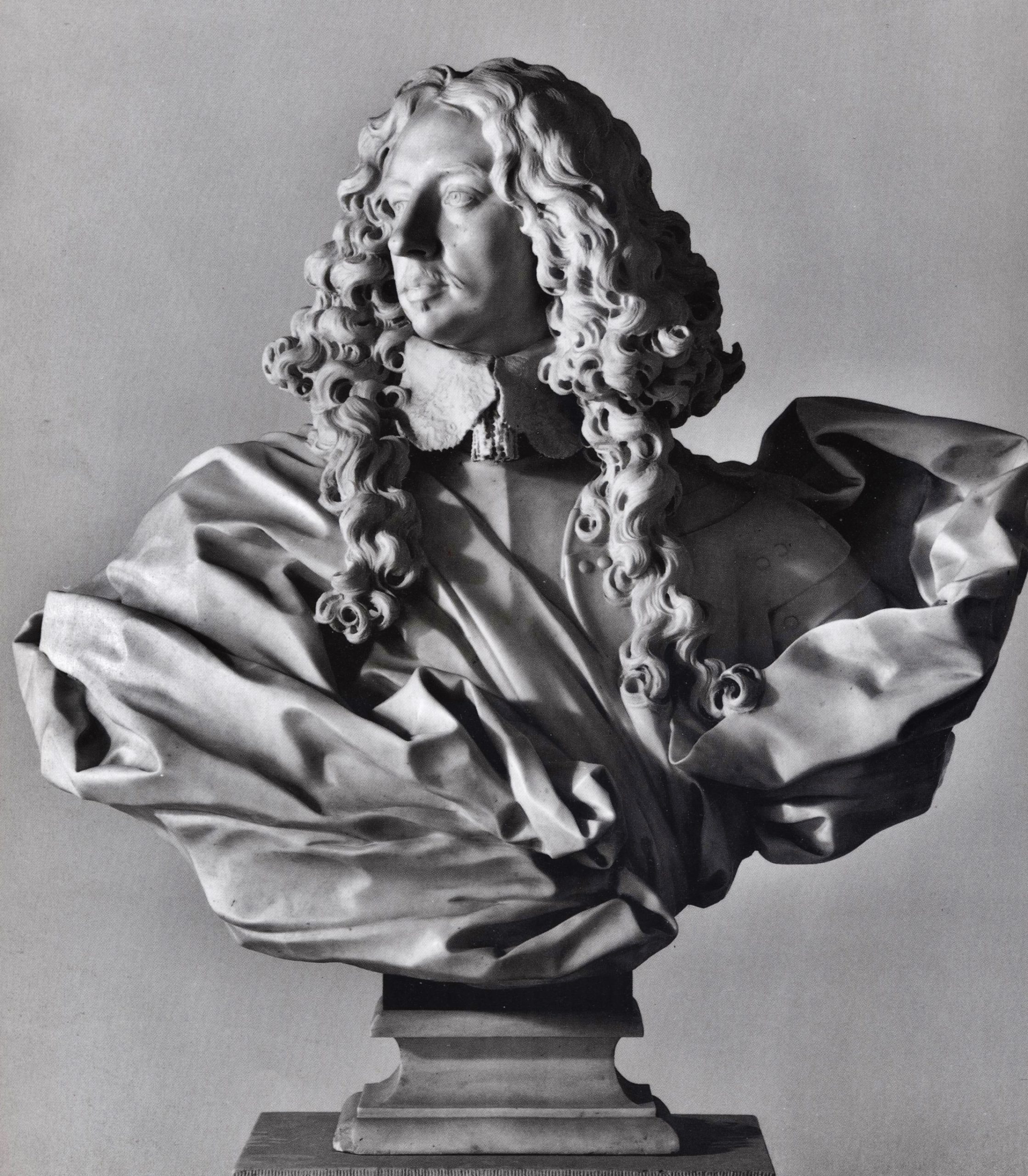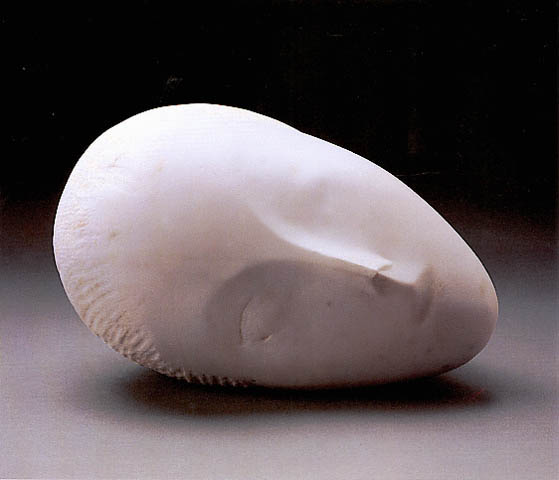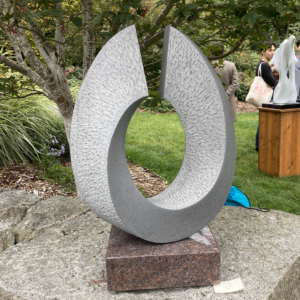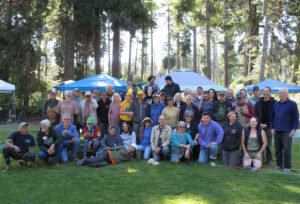
Home » Journal Articles » Thoughts & Opinions » From Bernini to Brancusi
 The Rococo period in marble portrait sculpture can hardly be better illustrated than by the Italian Gian Lorenzo Bernini’s portrait bust of Francis I D’Este, Duke of Modena, which was completed at the midpoint of the 17th century. This super realistic piece surrounds a face, that looks to be alive, by fantastically long cascades of curled hair, dream-like billowings of fabric in a swirl around his armored torso, with soft touches of crocheted lace at his neck.
The Rococo period in marble portrait sculpture can hardly be better illustrated than by the Italian Gian Lorenzo Bernini’s portrait bust of Francis I D’Este, Duke of Modena, which was completed at the midpoint of the 17th century. This super realistic piece surrounds a face, that looks to be alive, by fantastically long cascades of curled hair, dream-like billowings of fabric in a swirl around his armored torso, with soft touches of crocheted lace at his neck.
Get as close as his minders at the Este Gallery Museum in Modena will allow you or zoom in on any of the large format photos available of him, and you will find it hard to believe that the Duke is stone and not living flesh.
Moving through many art filled decades, we come to a time early in the 20th century when Constantine Brancusi, a Romanian working in France, began his life’s work on a simpler style, something often referred to as minimalist art. One can hardly find two sculptures more different than Bernini’s Duke of Modena and Brancusi’s Sleeping-Muse. Both are in Carrara marble and both are human heads, but the differences between the two are nothing if not stunning.  Gone are all the marvelous coverings of cloth and metal. Even the hair is reduced to a mere indication of a few strands on the top of the head. Brancusi’s head isn’t even placed upright on a pedestal, but simply lies like and egg on a table.
Gone are all the marvelous coverings of cloth and metal. Even the hair is reduced to a mere indication of a few strands on the top of the head. Brancusi’s head isn’t even placed upright on a pedestal, but simply lies like and egg on a table.
It’s a good thing we don’t have to choose between these two schools of art for our enjoyment. We can simply absorb all that we want from each of these vastly different approaches, choosing one (or even both) to be the inspiration for our own next work of art.
Enjoy your work fellow carvers; finding satisfaction in your own personal style. Bon Appetite for stone!









We need some kind of descriptive text here.